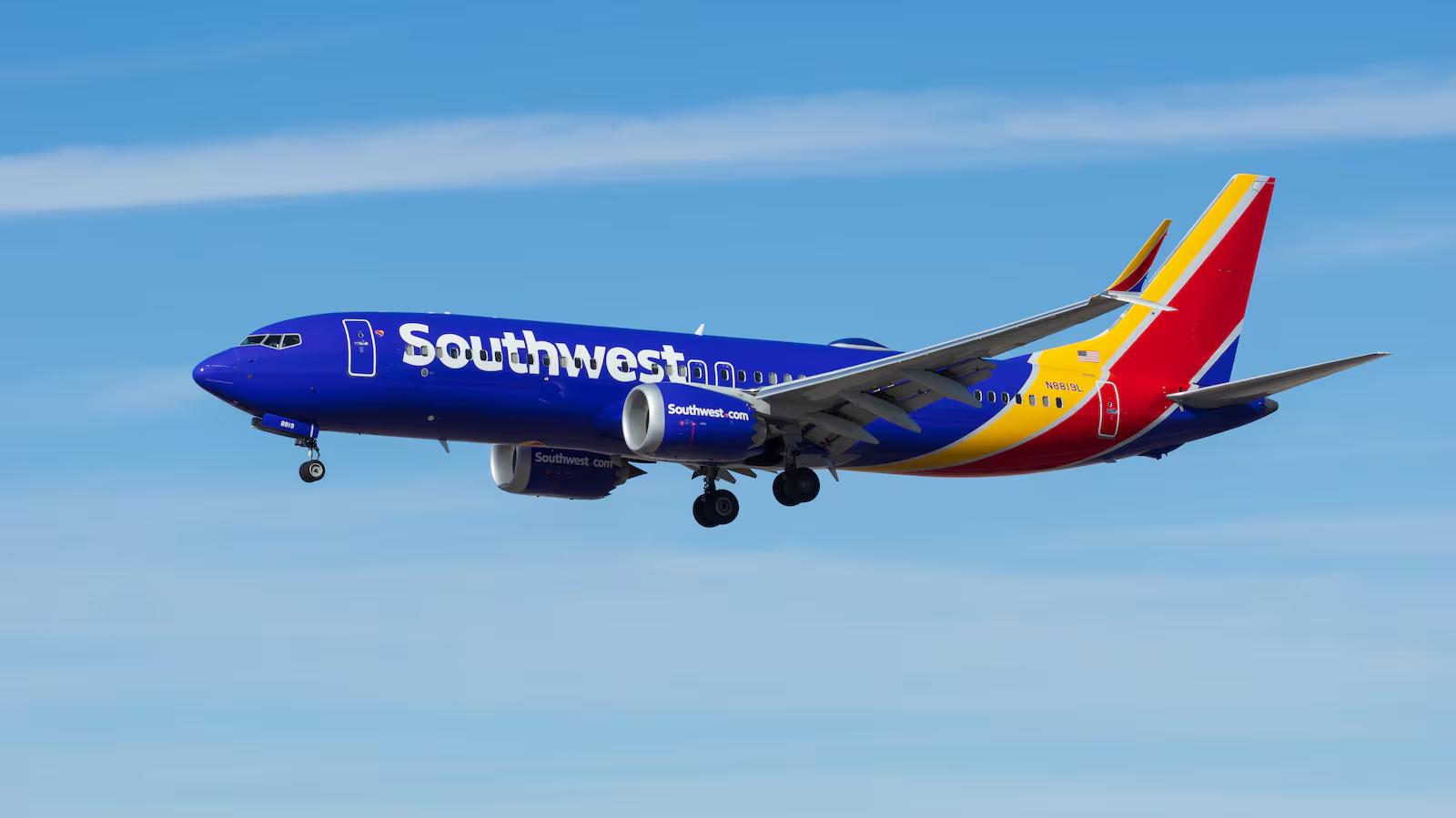Let’s be honest—virtual reality still has a long way to go before reaching mainstream adoption and consistent usage. One of the big barriers is that most VR experiences are designed for stationary environments.
Well, Meta has finally decided to tackle this roadblock head-on with a clever new feature called Travel Mode.
Now available in experimental form on Quest 2 and Quest 3 headsets, Travel Mode is designed to provide a smooth, stable VR experience even when you’re soaring at 30,000 feet. Recalibrating how the headset interprets movement data prevents the mismatching motion detection typically caused by internal measurement units (IMUs) in moving vehicles, ensuring a more stable experience while flying.
For the average Quest owner, activating Travel Mode on your existing headset is straightforward enough. Simply head into the Experimental Features menu in your Settings and toggle it on. Easy!
Notably, Travel Mode is presently classified as an experimental feature by Meta. It will start with the Lufthansa pilot program, but it might become more stable and open to everyone in the future. However, this will only be offered to passengers seated in Lufthansa’s Business Class Suite on select flights.
Will Travel Mode become a permanent part of the Quest VR experience, or will it be a stopgap measure until more advanced sensor tech solves the motion smoothing issue?
Only time will tell. We will keep an eye out for updates from Meta as Travel Mode continues evolving















